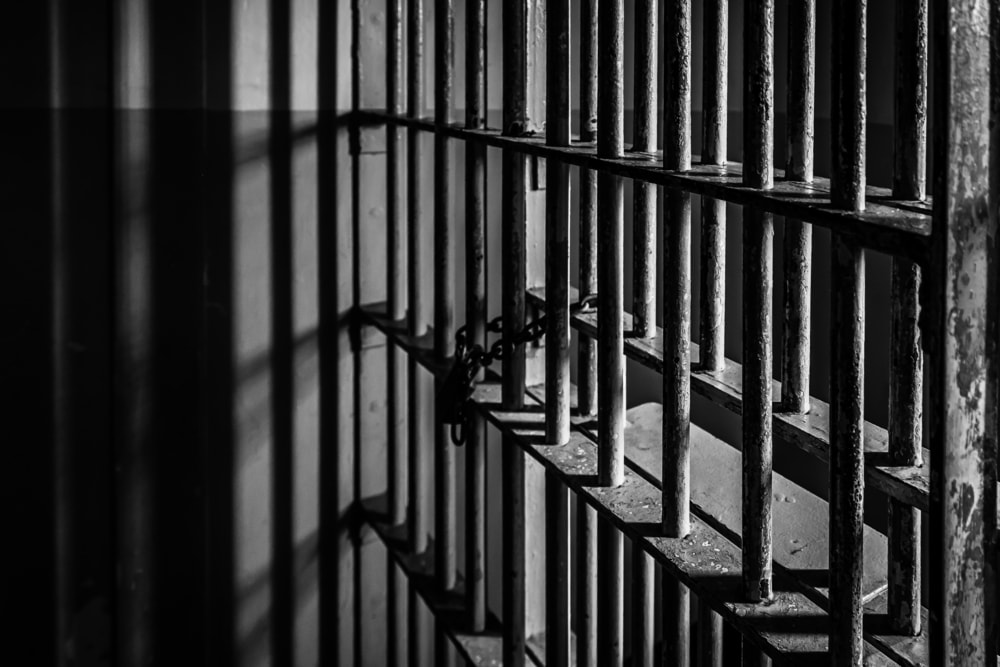Auctioning toll-free phone numbers the right approach for the FCC
A catchy and easy-to-remember toll-free number can be an important asset to a business. 1-800-FLOWERS, for example, looks great in advertisements and could help drive customers to choose one florist over another.
Getting one of those coveted numbers, however, requires going through a process determined by the Federal Communications Commission, which currently allocates them on a first-come, first-served basis. At its September meeting, the commission will vote on a proposal that would create a much more efficient system.
The FCC has a history of making odd choices when it comes to how it allocates the scarce resources it administers. For example, the commission manages civilian use of radio spectrum, the medium used to send and receive messages on all wireless devices. For most of the 20th century, regulators simply took applications, chose which applicant they thought would best use a band of spectrum to serve the “public interest” and gave it to them for free.
In 1959, economist (and later, Nobel laureate) Ronald Coase compellingly showed how silly these “beauty contests” were and argued the spectrum should be auctioned. There is no reason, he said, to treat spectrum as some uniquely precious resource; every economic good is scarce, and we can use prices to make sure they are used productively.
In this way, spectrum is analogous to land. When we want to know how best to use land, it’s good to know how much people will pay to get it. Those who will pay a lot will tend to have plans to put it to valuable uses that would recoup their high upfront investments. Allocating resources to those who will pay the most for them is a recipe for innovative and productive use of scarce resources.
Despite the strength of Coase’s argument, it took the FCC a long time to come around to his way of thinking; it didn’t hold the first spectrum auction until 1994. Thankfully, it has continued to do so successfully ever since.
The FCC thus far has applied its first-come, first-served system for assigning toll-free numbers to blocks from 1-877 through 1-844. However, with the next round of numbers to become available, the 1-833 block, the commission is exploring whether to change its approach. As usual, numbers first would be assigned to those the commission deems “Responsible Organizations,” or RespOrgs, which act as middlemen for end users. Under the current proposal, there would be an auction for new numbers in which multiple RespOrgs have expressed competing interests. The new system also proposes to allow for secondary markets, in which users can sell their rights to a number after its initial assignment.
The same economic logic applies here as in spectrum. When multiple people want the same resource, their bidding for it reveals each party’s assessment of opportunity cost: how much they value this resource compared to the next best alternative. The secondary market would be equally important, as those valuations will change over time as new businesses enter and exit the market. A robust secondary market preserves the efficient outcome without having to endure the bureaucratic process of reapplying or participating in a new auction.
Unlike spectrum, auctioned telephone numbers won’t fetch eye-popping sums in the tens of billions of dollars. There will be some revenue the commission could use to defray the costs of administering toll-free numbers or perhaps could go toward reducing the federal deficit. But as the FCC’s proposal makes clear, the real benefit to using the price mechanism is efficient allocation and the productivity it enables.
While this system isn’t going to be the biggest moneymaker, it continues the approach taken by Chairman Ajit Pai’s FCC toward economic thinking and the societal benefits of efficiently allocating resources. It took far too long to learn that lesson with spectrum. Applying it to phone numbers is a no-brainer.







